We include products in articles we think are useful for our readers. If you buy products or services through links on our website, we may earn a small commission.
What is the No Sugar, No Grains Diet (NSNG)?

No sugar, no grains, abbreviated as NSNG, is more of a guideline than a formal diet.
This simple approach to reclaiming your metabolic health was coined by fitness guru to the stars, Vinnie Tortorich–known affectionately as America’s angriest trainer.
For many people, going no sugar, no grains is an entry point into more formal low-carb high-fat diets like keto and carnivore.
In this article, we’ll explore the ins and outs of the no sugar, no grains approach, including how to do it along with its benefits and potential drawbacks.
Table of Contents
What is the No Sugar, No Grain (NSNG) Diet?
The no sugar, no grains approach calls for eliminating all grains and processed sugars from your diet.
In a podcast, Tortorich referred to NSNG as a “carnivorous vegan” way of eating. This means lots of meat with fresh vegetables and some fruit.
It’s worth noting that a true carnivore diet eliminates all plant foods, including both grains and vegetables.
The carnivore view is that all plant foods contain irritating plant toxins. For example, many of the leafy greens promoted by Tortorich contain oxalates that can contribute to kidney problems and intestinal permeability
Origins of No Sugar No Grains
Celebrity personal trainer Vinnie Tortorich coined the no sugar, no grains approach after receiving a Leukemia diagnosis on 2007.
In order to help his body heal, Tortorich’s doctor recommended focusing on nutritious animal-based whole foods and cutting out most carbs, including added sugars and high doses of carbohydrates you get from grains.
After recovering from Leukemia, Tortorich maintained the nsng diet, finding that it gave him more energy and boosted his athletic performance to the highest levels of his life while dramatically reducing inflammation and shortening his recovery after workouts.
Based on these powerful personal experiences cutting carbs, Vinnie began assigning the diet to his fitness clients. The results were dramatic and spoke for themselves. The nsng tribe was born.
Why Avoid Sugar and Grains?
The Standard American Diet is loaded with added sugars and grains–which are also high in sugar (all carbs are sugar), plant toxins and antinutrients, and excess insoluble fiber.
Diets high in carbs and added sugars have been shown to:
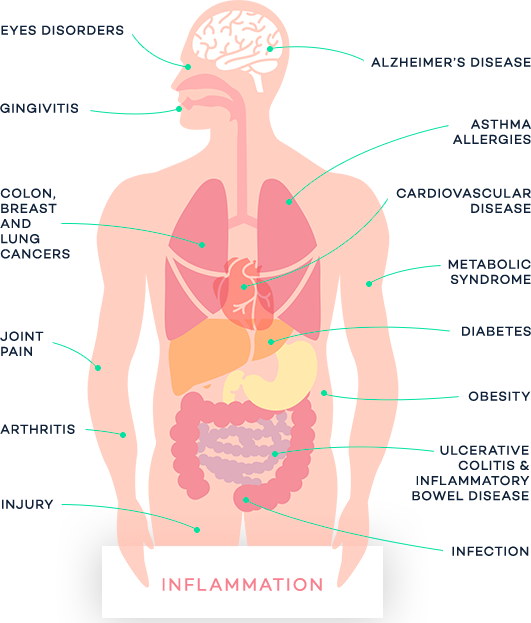
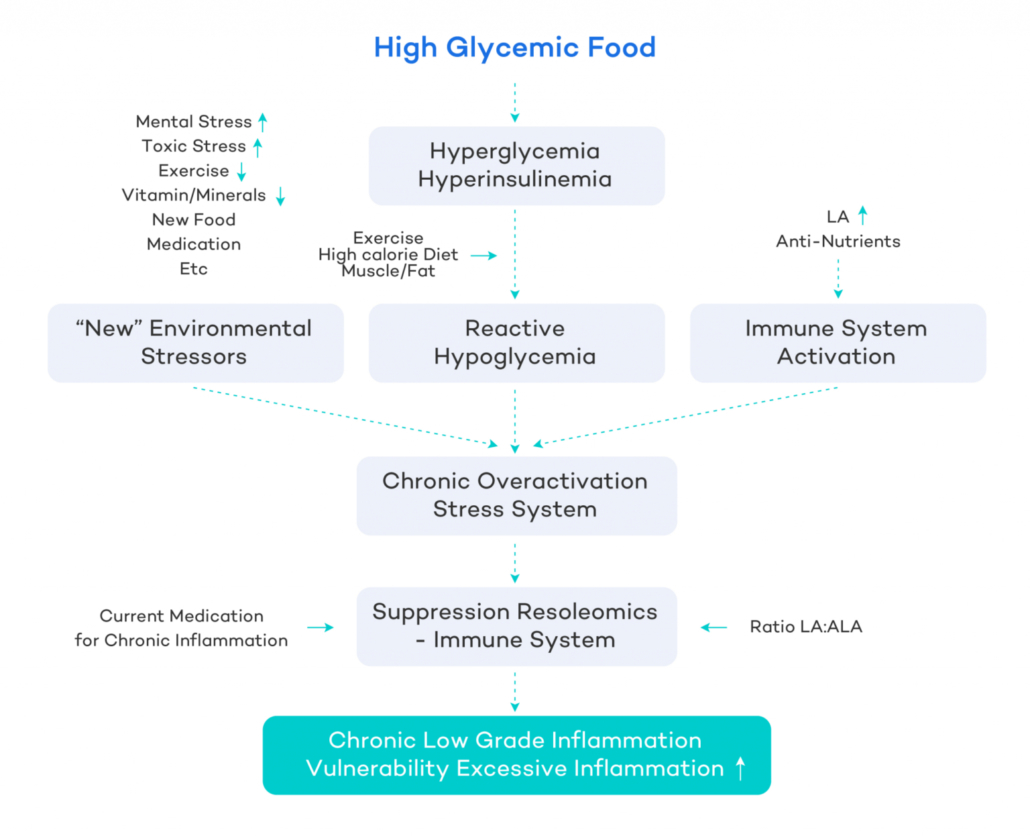
- Imbalance your gut microbiome leading to intestinal permeability and systemic inflammation
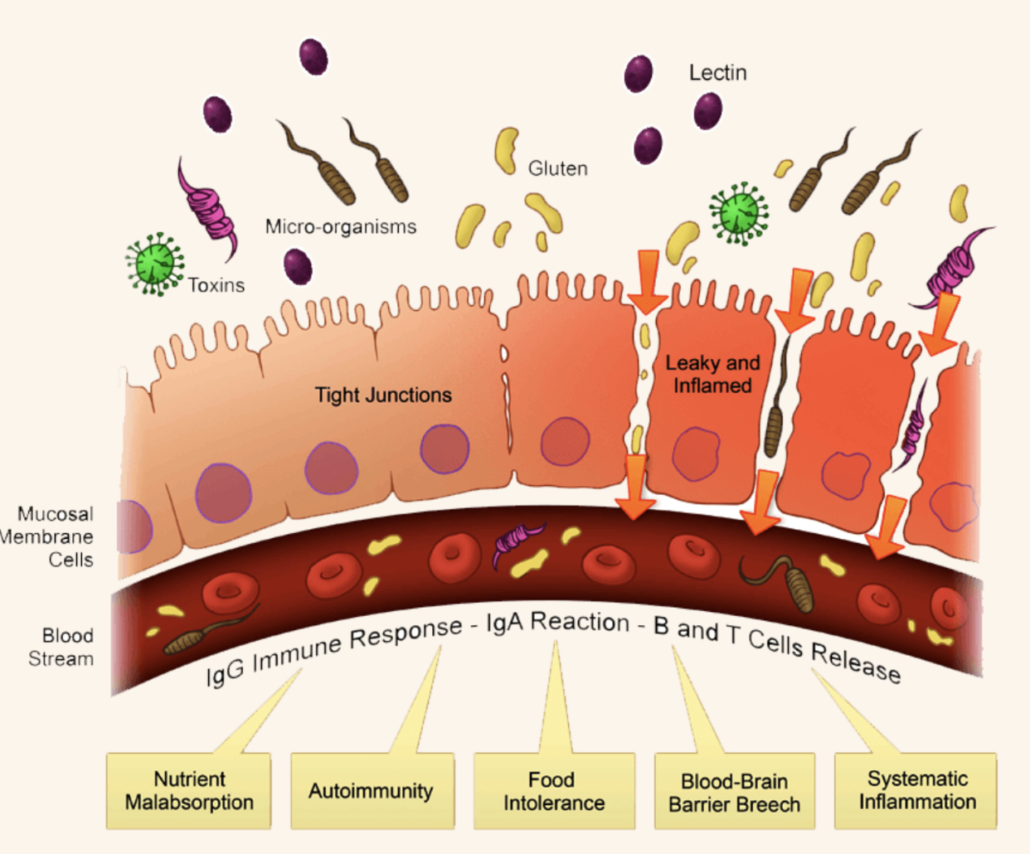
- Increase the risk of heart disease
- Increase the risk of metabolic syndrome and type-2 diabetes
- Promote cellular and tissue aging through the process of glycation
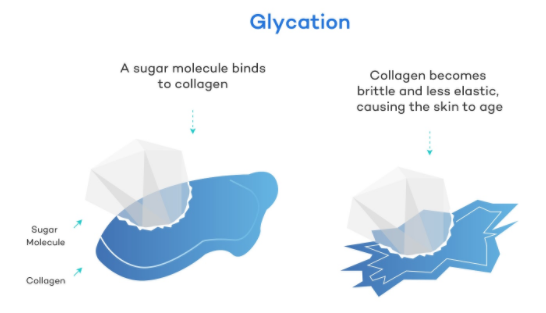
- Increases stress hormone, depletes minerals, and endogenous antioxidants like glutathione 5
Grains to Avoid on NSNG
NSNG calls for eliminating all grains–this includes both whole grains like brown rice and quinoa and all products derived from grains like pasta, bread, crackers, etc.
Here’s a list of grains to avoid:
- Wheat–all types
- Corn
- Quinoa
- Oats
- Rice–all types
- Amaranth
- Bread
- Pasta
- Breakfast cereals
- Oatmeal
- Granola
- Tortillas
- Chips
- Grits
- Polenta
- “Energy” bars that contain any grains
Sugars to Eliminate on NSNG
Sugar is hiding in everything, and it goes by over 60 names. See the list below.
Remember that even natural/raw honey and maple syrup also count as added sugars and are eliminated.
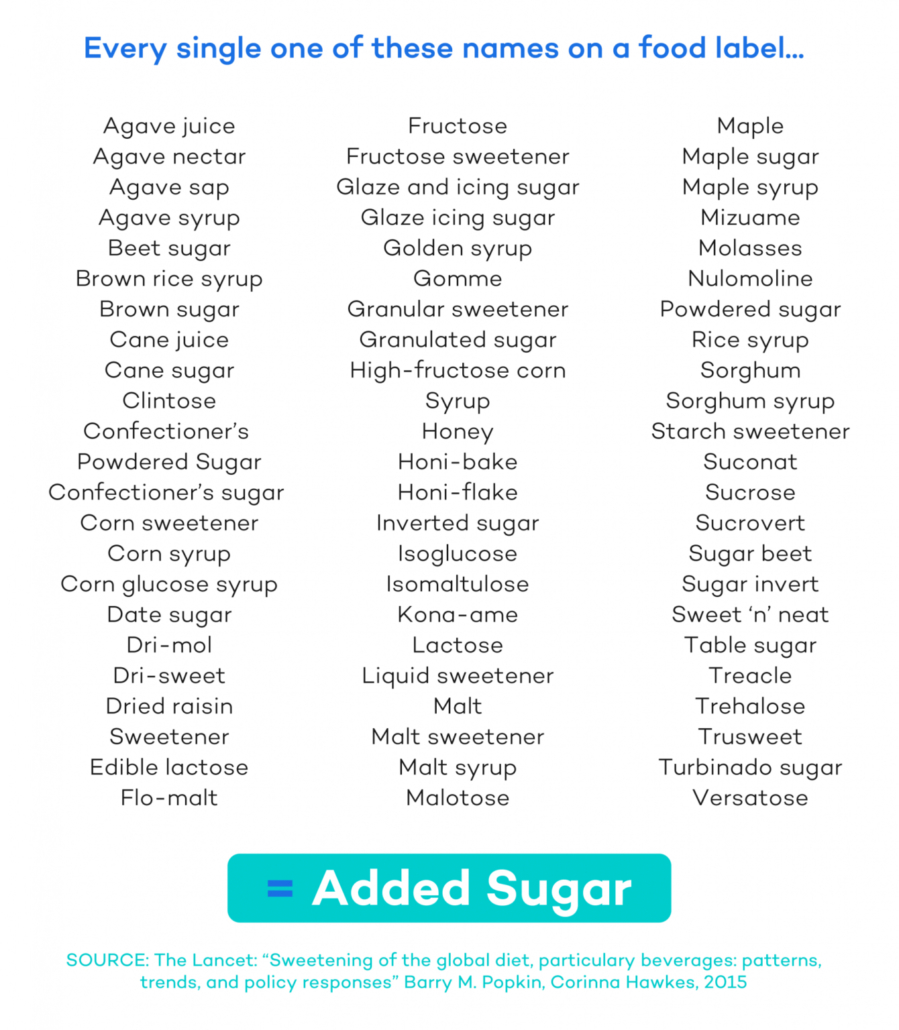
What About Fruit on NSNG
Though fruit isn’t explicitly eliminated on a no sugar, no grains protocol, most fruits are high in sugar and are best avoided, especially when starting out.
Most people come to NSNG with a carb addiction after a lifetime on the high-carb standard American diet.
When you eat carbs your body releases a hormone called ghrelin that actually increases hunger cravings–this is what happens on a sugar binge.
It also takes time for your microbiome to rebalance–when you’re cutting out sugar, all those sugar-loving yeasts and sugar-loving bacteria you’ve been feeding for years will likely cry out for carbs, exacerbating cravings and making it difficult to resist non-nsng foods.
That’s why it’s important for most people to cut fruit. Consuming more than 20-50 grams of carbs in any form, including fruits and vegetables, will make it nearly impossible to become adapted to a high-fat nsng diet.
It takes between 15-60 days for your body to adapt to a low-carb diet.
For all these reasons, fruits are better avoided on nsng. If you feel that you’re honest with yourself and you know that you’re no longer in active sugar/carb addiction it may be ok to bring in some low-carb fruits. Berries are usually a safe bet.
If you don’t want to give up fruit, stick with this low-carb list.
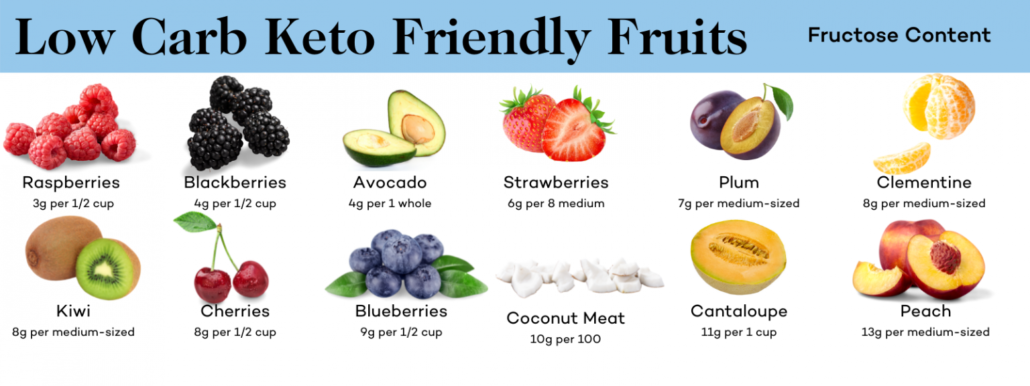
What Can I Eat on a No Sugar, No Grains Diet?
Now that you know the foods to cut out and limit on a nsng diet, let’s get to the fun part–all the delicious whole foods that you can guiltlessly feast on!
A well-formulated NSGN diet will center on nutrient-dense meats, including:
- Fatty cuts of steak like ribeye steak
- Lamb
- fresh pork
- Animal fats like butter, ghee, tallow, lard
- Eggs
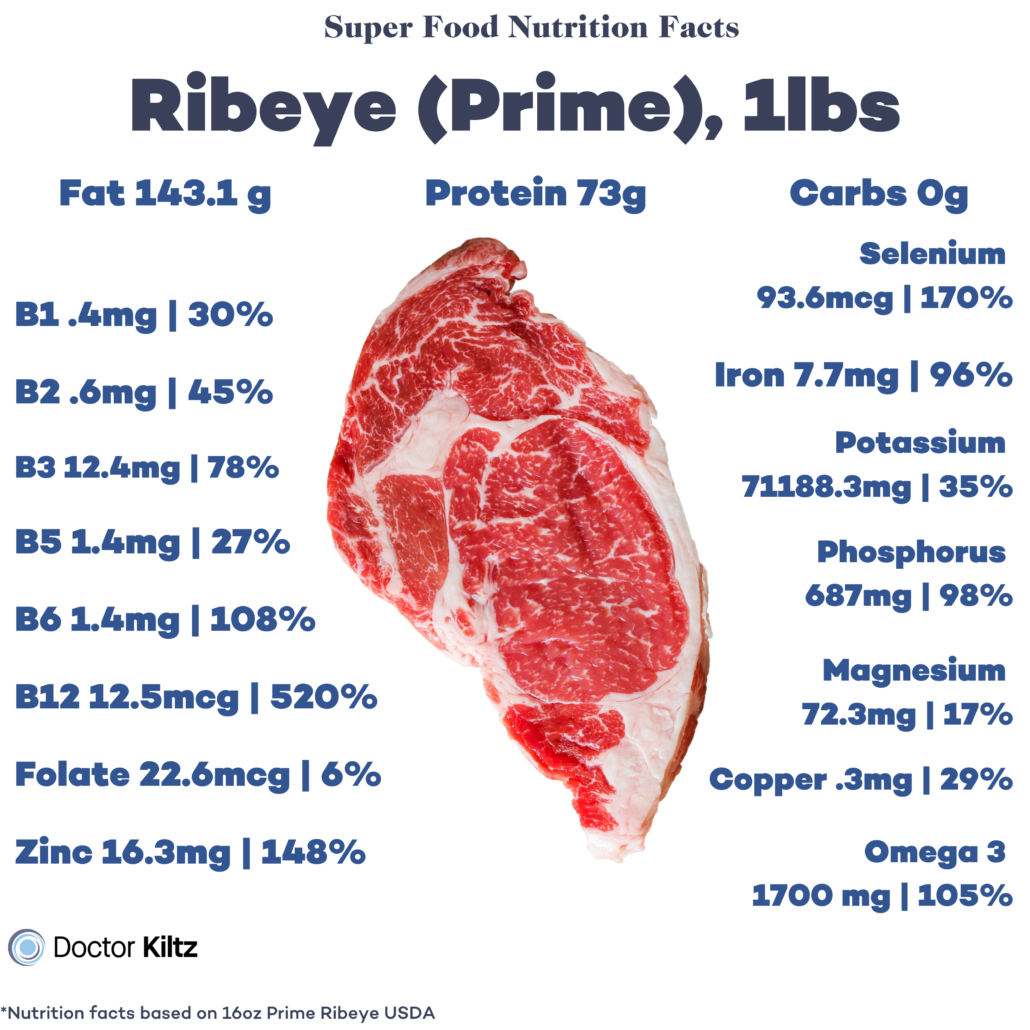
Secondary Foods
- Fatty cheese
- Fatty fish
- Seafood
- Poultry
- Olive oil
- nuts
Supplemental Foods
- Low-carb veggies like asparagus, broccoli, arugula, cauliflower
- Low-carb fruits like avocado, berries, and olives
- Legumes–though these are high carb and contain plant toxins
Combining NSNG and Nose-to-Tail
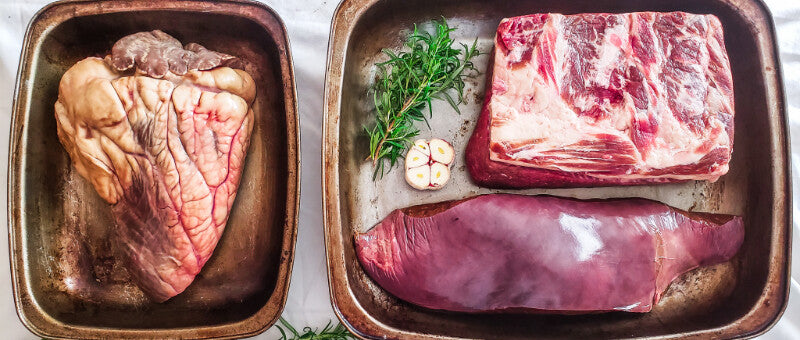
Many people take nsng a step further and combine it with nose-to-tail practices. This means supplementing with fresh or dissicated organ meats tablets, especially beef liver.
Organ meats are the most nutritious foods on earth with a mind-blowing abundance of vital nutrients like vitamin B12, vitamin A retinol, and numerous organ-specific peptides and micronutrients.
Combining Intermittent Fasting with NSNG
Intermittent fasting techniques like 16/8 and OMAD are a natural fit with an NSNG approach.
By cutting sugar and carbs and focusing on highly satiating fatty whole foods like steak, eggs, and butter, your energy will be more stable–no more spikes and troughs. This will make it easy– in many cases effortless–to tap into the benefits of IF.
These combined benefits include:
- Improved gut health
- Hormonal rebalancing
- Autophagy (cellular renewal)
- Protection against cognitive decline
- Enhanced anti-inflammatory protection
Below you can check out an OMAD and 16/8 to help get you started.
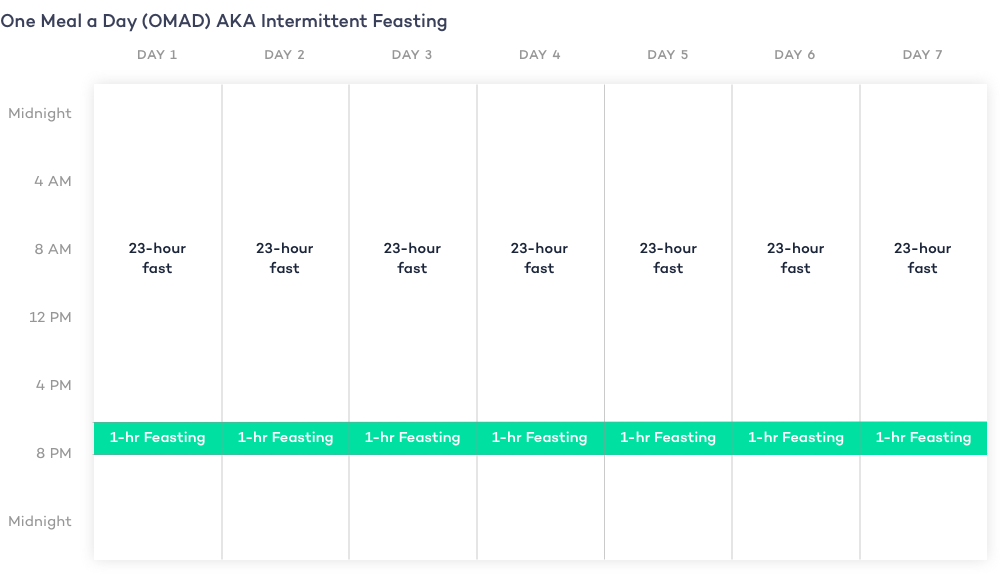
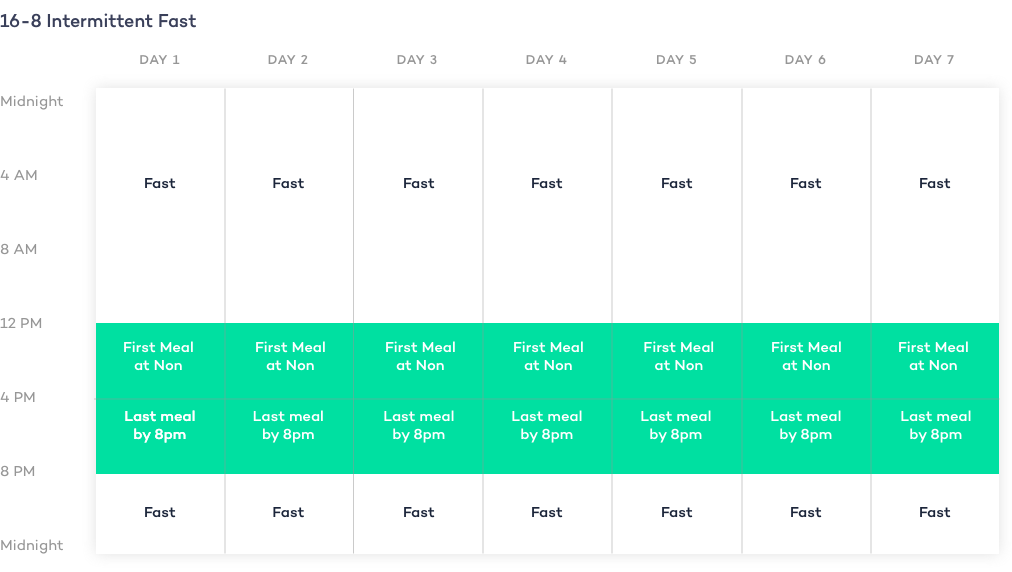
NSNG vs. Keto
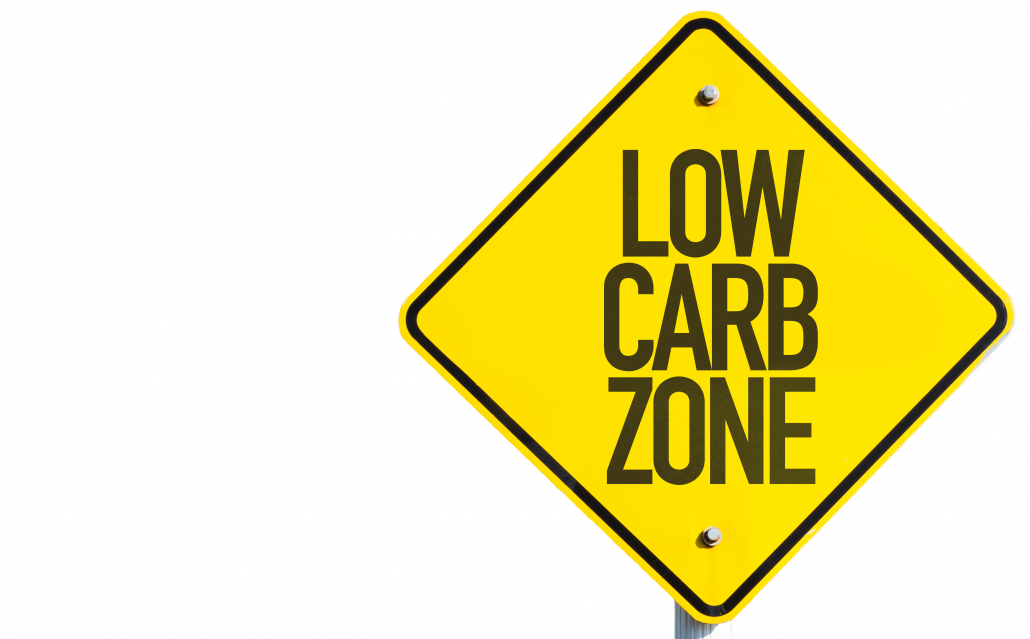
Keto is a very low-carb high-fat diet, while NSNG explicitly means only cutting added sugars and grains and doesn’t call for specific macronutrient ratios.
However, many people practicing no sugar, no grains intentionally boost their fat intake and restrict carbs in order to enter ketosis–a state of elevated ketones (energy molecules) in the blood.
Keto is implicitly a no sugar no grains diet since these foods are extremely high in carbs.
What NSNG Misses
Though no sugar, no grains is a great rule of thumb when attempting to cut down on carbs and increase their intake of nutritious whole foods, the lack of further guidelines may impede people from getting the most out of their dietary choices.
The NSNG approach misses a few details that are worth highlighting:
- Does not distinguish between high and low-carb vegetables and fruits. Consuming high-carb fruits and veggies can keep you on the hampster wheel of spike/crash carb addiction and associated issues of hormone imbalance, weight gain, and chronic inflammation. All fruits and veggies have carbs.
- Does not account of plant toxins and antinutrients. Cutting out grains goes a long way in eliminating natural plant toxins like lectins, gluten, and phytates. However, allowing unlimited fruits, vegetables, and legumes exposes you to plant toxins like oxalates, lectins, phytohormones, and other natural plant defenses that can damage your intestines, organs, and cause inflammation.
- Can be high in excess fiber if eating a lot of veggies, fruits and legumes. Despite the dogma, the idea that we need fiber or that it’s even good for us is a myth. Studies show that fiber can be irritating to the gut, exacerbating bloating, IBS, and constipation, while act like an antinutrient by binding to and blocking the absorption of important minerals
- If you’re going low-carb its extremely important to go high-fat. Your body can only get 35-50% of its calories from protein without suffering from protein poisoning–a potentially deadly disorder. But it’s easy to overcome by boosting your fat intake with butter and fatty meats.
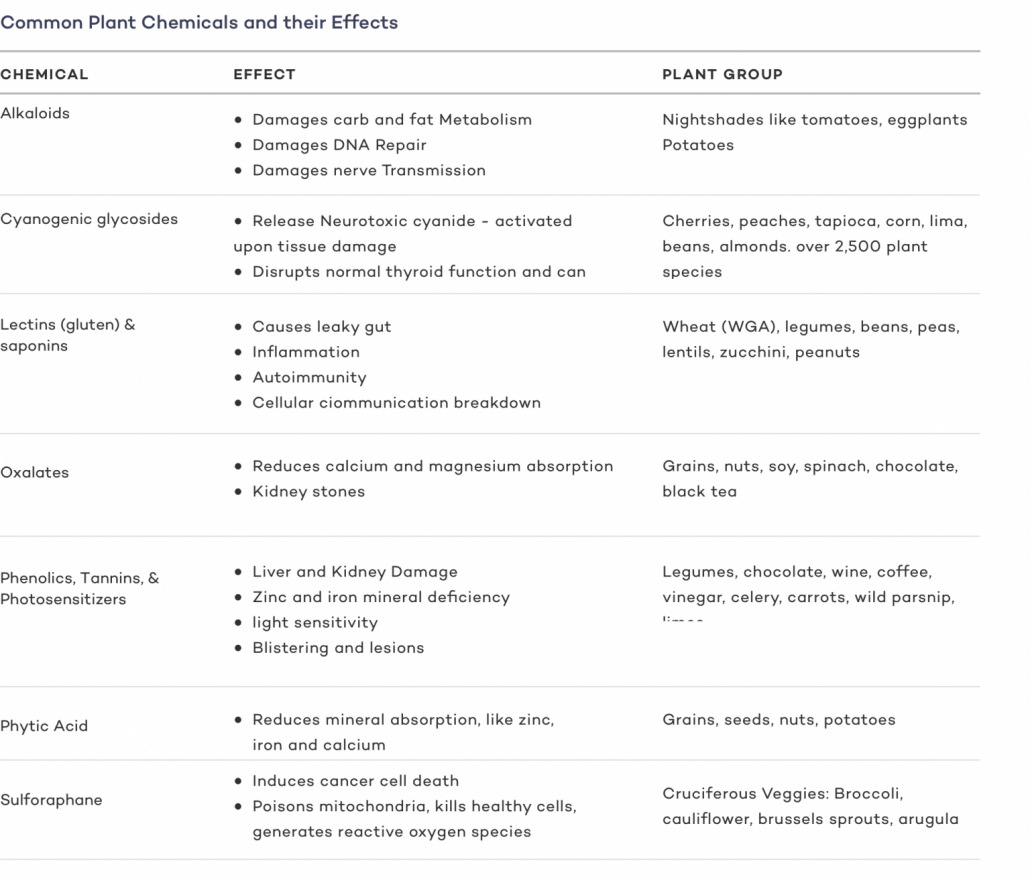
To steer clear of these possible drawbacks to NSNG you may want to look further into more refined ketogenic and carnivore approaches a sustainable low-carb lifestyle.
An example is Dr. Kiltz’s BEBBIIS diet as a way to keep you focused on nutrient-dense fatty foods while avoiding harmful foods.
The Bottom Line on The No Sugar, No Grain Diet
The no sugar, no grain, or NSNG approach to eating was coined by celebrity fitness coach Vinnie Tortorich.
No sugar, no grains is more of a rule of thumb to point you in a low-carb direction than a formal diet.
Cutting the carbs that come from added sugars and grains eliminates foods that contribute to excess weight gain, hormone imbalances, heart disease, cancer, neurodegenerative disorders, intestinal permeability, and chronic inflammation.
Tortorich’s approach calls for replacing these hollow calories with nutrient-dense whole foods. Fatty red meat and low-carb veggies figure high on Totorich’s list of recommended foods.
The NSNG approach may be an easy and effective starting point for people looking to improve their health, physique, and overall well-being by cutting carbs and eating more nutritiously.






















